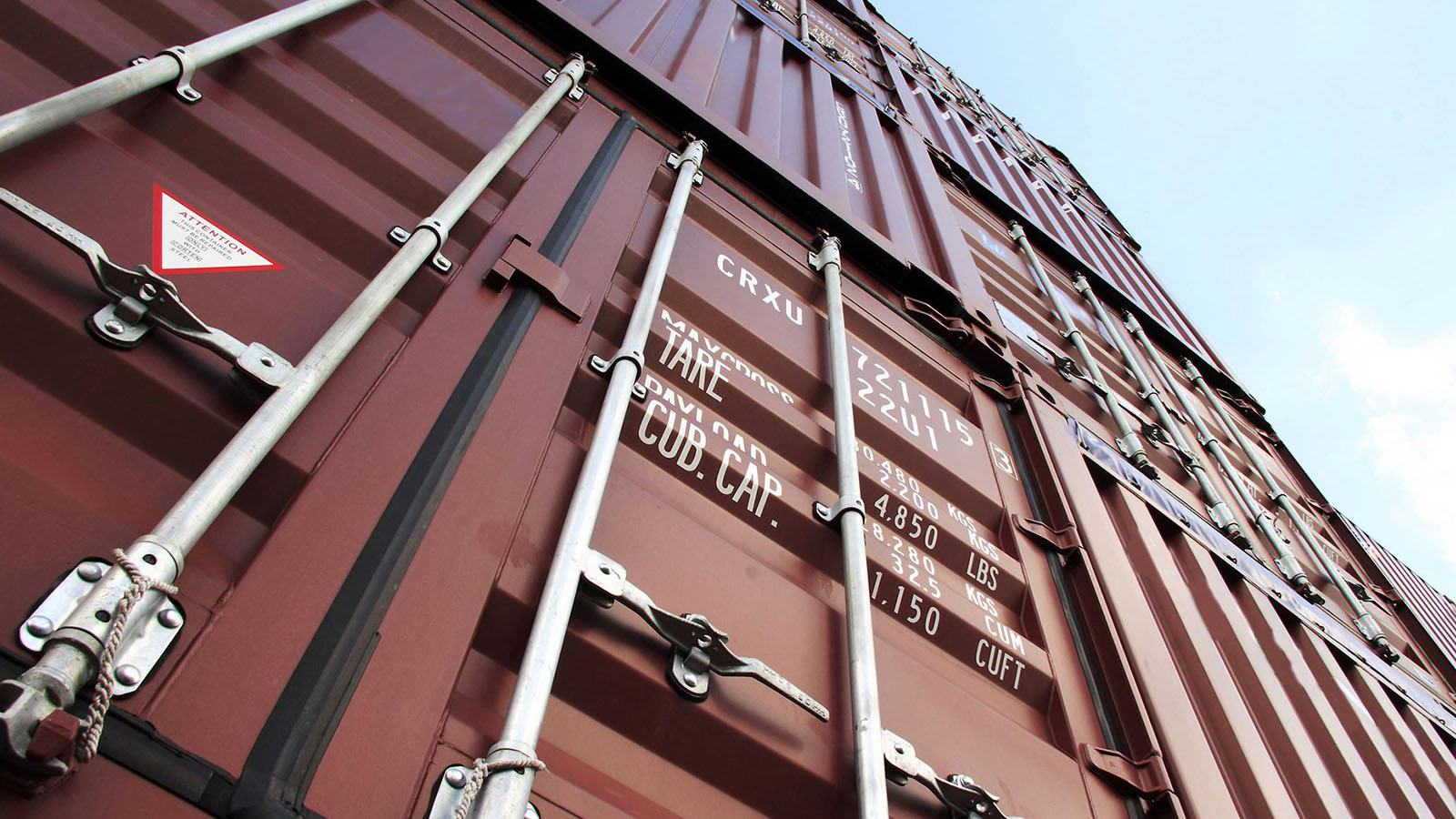What Do You Need to Know About Tariffs on Chinese Goods?
Never miss a thing.
Sign up to receive our insights newsletter.

Trade tensions between the United States and China have led to a series of tariff increases and tariff threats by both countries since July 2018. The United States implemented its latest round of tariff increases on Chinese imports on September 1, 2019, when additional tariffs of 15% on approximately $125 billion of Chinese imports took effect. Further U.S. tariff increases are planned for October and December 2019 amid ongoing trade negotiations. If the scheduled increases take effect, tariffs will cover virtually all of the approximately $550 billion in annual imports from China, leading to increased costs for U.S. companies and consumers.
What goods are affected?
There are four lists of products affected, in addition to the tariffs previously imposed on solar panels, washing machines, and steel and aluminum. Initial tariffs (Lists 1 and 2) took effect in July and September 2018 and covered products ranging from industrial goods to electronic components. List 3 products, which had an additional 10% tariff imposed in September 2018, includes such items as chemicals, building materials, furniture, and consumer electronics. After some back-and-forth, the tariff on those List 3 items was raised to 25% on June 15, 2019.
List 4, which would cover “essentially all” of the remaining $300 billion in imports from China, was divided into two subgroups, with tariffs on List 4A scheduled for September 1, 2019, and List 4B for December 15, 2019, late enough not to affect U.S. holiday shopping in 2019. The tariff on both groups is currently set to be 15%.
Note: President Trump announced on November 13, 2019, that the United States will reduce the List 4A tariffs to 7.5%.
What’s next?
Right now, these are the scheduled increases:
- October 15, 2019 — Increase to 30% for Lists 1-3: Tariffs on the approximately $250 billion worth of Chinese imports in Lists 1-3 are scheduled to jump from 25% to 30% on October 15, 2019. President Trump originally set the tariff date for October 1 but extended it to October 15 as part of a “good will” gesture. The proposed tariff increase is open to public comment until September 20, 2019.
- December 15, 2019 — Increase to 15% for List 4B Items: List 4B covers almost all remaining Chinese imports, including cell phones, laptops, toys, and certain clothing items.
Note: The tariffs scheduled to take effect on October 15 and on December 15 have been suspended indefinitely
What should my company be doing?
Firms can request to have a product excluded from the tariff list. While the deadlines for submitting exclusions requests for items from List 1 and List 2 have passed, the U.S. Trade Representative, or USTR, is accepting exclusion requests for List 3 until September 30, 2019. (The exclusion request process for List 4 items has not been announced.) The USTR continues to review exclusion requests for Lists 1-3 and periodically announces the exclusions through Federal Register notices. Firms can request a refund on tariffs paid on products subsequently excluded from the tariff list.
Next, be aware that U.S.–China negotiations are scheduled to resume in October. The results could go either way, so you’ll have to watch the news and stay flexible. If you’re affected by these tariffs, here are some steps you should be taking:
- Monitor trade negotiations and political developments to watch for changes in tariffs or trade policy that could affect your supply chains
- Evaluate current tariff lists to identify products covered by tariffs or scheduled for increases
- Assess your supply chain or manufacturing inputs to understand the impact of current and scheduled tariff increases; develop new strategies to mitigate increased costs
- Monitor the exclusion process to determine what goods are excluded from the tariff increase, and apply for refunds of tariffs paid on goods excluded after the tariff date. You can still request an exclusion for an item on List 3 until September 30, 2019, and watch for an exclusion process for List 4A and List 4B
- Reduce tariff costs by finding creative ways to defer, eliminate or recover tariffs; you may be able to leverage other trade agreements, programs or strategies to substitute tariff-free imports for items subject to these costs
Click here to download a printable version.
© 2019